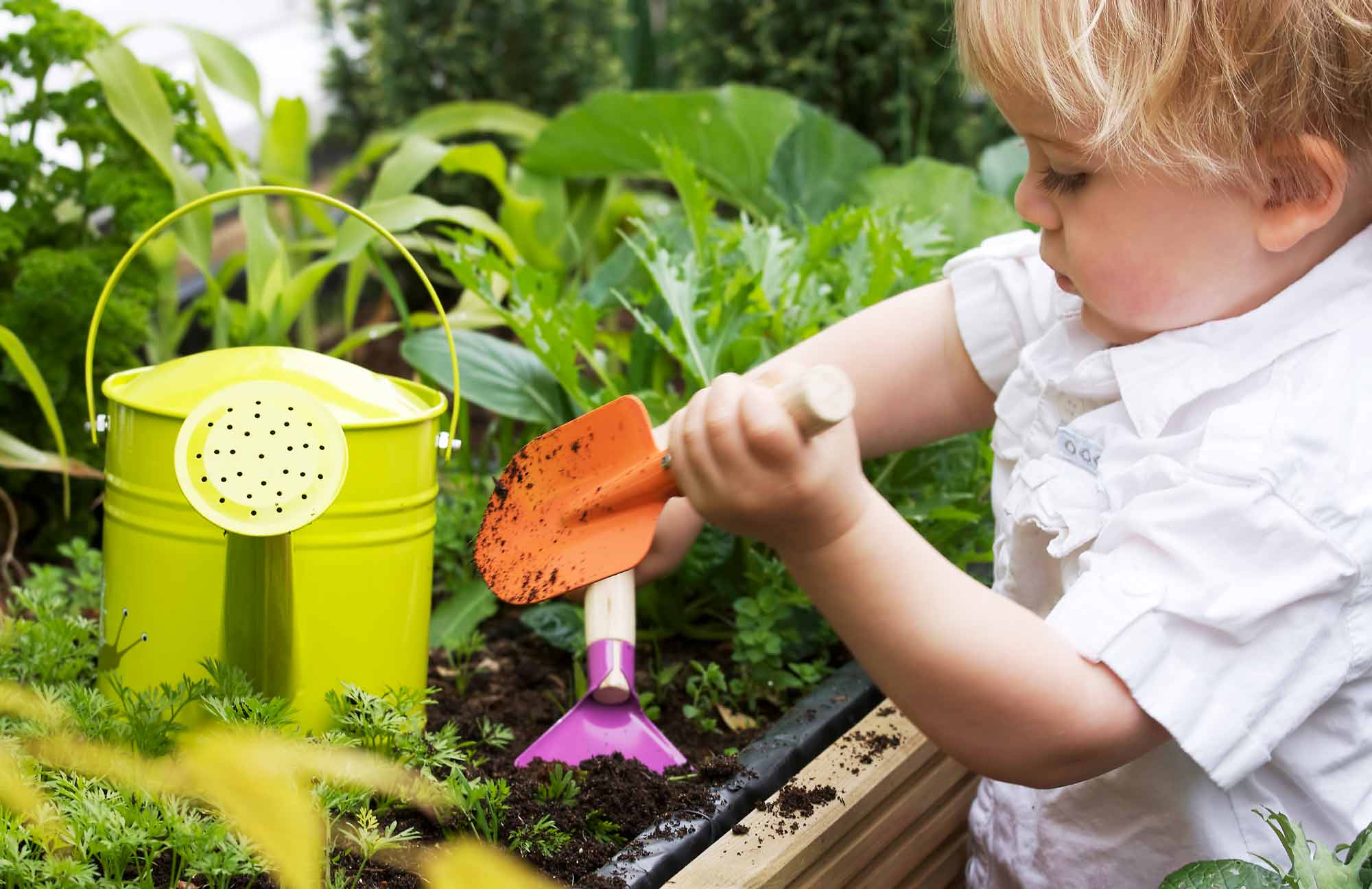Pet Survey
In this lesson, children will use a survey sheet to determine whether their classmates have any pets, what pets they have and similarities and differences among pets.
Content Area:
Growth and Change
Learning Goals:
This lesson will help toddlers and preschoolers meet the following educational standards:
- Understand that living things rely on the environment and/or others to live and grow
- Develop beginning skills in the use of science and engineering practices such as observing, asking questions, solving problems and drawing conclusions
Learning Targets:
After this lesson, toddlers and preschoolers should be more proficient at:
- Describing and comparing the basic needs of living things
- Showing respect for living things
- Collecting, describing, comparing and recording information from observations and investigations

Pet Survey
Lesson plan for toddlers/preschoolers
Step 1: Gather materials.
- Data recording sheets (Download this Classroom Pet Survey form.)
- Pencils or crayons and clipboards
- An easel and chart paper to record the children’s results
Note: Small parts pose a choking hazard and are not appropriate for children age five or under. Be sure to choose lesson materials that meet safety requirements.
Step 2: Introduce activity.
- Gather the children in a circle and say: “Today we are going to take a survey asking how many of us have pets.”
- Explain that, today, they will engage in a survey that asks if the children in the room have a cat, a dog, a hamster, a goldfish or some other type of animal.
- Introduce the “Classroom Pet Survey” sheet. Explain the Other Animal category. Say: “When you are surveying your classmates, you may find that they have an animal that is not on this sheet. If that is the case, check YES in the Other Animal category. When we come back together with our results, we will write down all of the other animals that we have as pets.”
- Model how to ask a question and allow the children to survey all of the other children in the class. They will each record their answers on their survey sheets.
Step 3: Engage children in lesson activities.
- Give each child a recording sheet, a pencil and a clipboard so that the children can move freely around the room.
- Circulate around the room to see if the children are correctly recording their data and putting their X’s in the proper places.
- When the children have collected their data, ask them to gather together and transfer their data onto the chart paper. Fashion the chart paper to look like the recording sheet, but make room for the Other Animal category.
- When the data has been recorded, discuss the results. Ask questions such as: “How many of us have cats? How many of us have dogs? How many of us have hamsters? How many of us have fish? How many of us have other animals? What kind? How many of us don’t have any pets?”
- After this discussion, ask the children to describe how they take care of their pets. Discuss similarities and differences between different types of pets.
Step 4: Vocabulary.
- Data—Information that is collected through a study or an investigation
- Analyze—To examine information in order to make conclusions
- Conclude—To make statements of what was learned after an observation or experiment
- Compare—To identify the similarities or differences between two objects
Step 5: Adapt lesson for toddlers or preschoolers.
Adapt Lesson for Toddlers
Toddlers may:
- Have trouble organizing their information
Child care providers may:
- Tell the children to ask just one question at a time, such as “Do you have a dog?” and then record the results
Adapt Lesson for Preschoolers
Preschoolers may:
- Be able to analyze their data in a more meaningful manner
Child care providers may:
- Ask “more than, less than” questions about the data collected, such as: “Do more children have dogs than cats? What kinds of pets do most children have? Are there more children who have pets or more who don’t?”
Suggested Books
- Guess Who My Favorite Person Is? by Byrd Baylor
- You’re a Hero, Daley B! by Jon Blake
Comment on this lesson